How to Understand Crochet Symbol Charts – Tips for Beginners
Hello, my dear reader! Here we are going to talk about something very important and that many people have doubts about: Crochet Symbol Charts.
Crocheting is a craft where you can make many beautiful things like blankets, dresses and doilies. Usually, crocheters use written instructions, but there’s another helpful tool called crochet symbol charts. These charts use pictures instead of words to show you how to crochet. If you’re new to this, don’t worry, we have here some tips to help you get started.
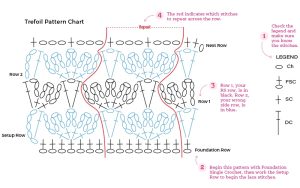
What are Crochet Symbol Charts?
Crochet symbol charts are like pictures that show you how to crochet. Instead of words, they use symbols for stitches and techniques. Each symbol stands for a specific crochet move, making it easier to understand the pattern quickly.
Why Use Crochet Symbol Charts?
These charts have some benefits:
- They give you a clear picture of the pattern, so you can see where to put your stitches.
- Crochet symbols are often the same worldwide, so you can use charts from different places without language problems.
- Charts help prevent mistakes because you can see what to do more easily.
- They’re super handy for tricky patterns with lots of different stitches.

Crochet Symbols
How to Read Crochet Symbol Charts:
1. Learn the Key:
Every chart has a key or legend that explains what each symbol means. You’ll find things like circles for single crochets, “x” for double crochets, and “+” for chain stitches. Make sure you understand the key before you start.
2. Start from the Bottom Right:
Most charts begin in the bottom right corner. If you’re right-handed, you’ll work from right to left. This is different from reading books or regular instructions.
3. Follow the Rows:
The chart is split into rows, just like your crochet project. Each row in the chart matches a row in your work. Start at the bottom row and go up. Check off each row as you finish it in your crochet to keep track.
4. Use Colors or Highlighters:
Make things even easier by using colors or highlighters. Assign a color to each stitch or symbol, and fill in the chart’s boxes with the same color. This will help you see where you need to switch stitches and keep the pattern right.
5. Watch for Repeats:
Some charts have parts marked with brackets or numbers. This means you should repeat that part of the pattern a certain number of times. It saves time and keeps your work looking the same.
6. Practice:
Reading crochet symbol charts might be tough at first, especially if you’re new. Like anything, practice is the key to getting better. Start with easy patterns and work up to harder ones. Over time, you’ll get better at reading symbols and charts.
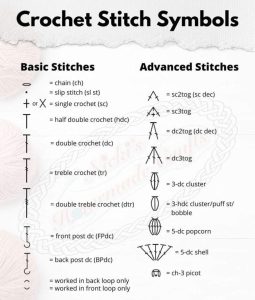
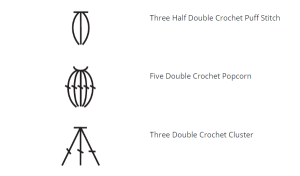
VIDEO GUIDE
Do you still have questions about crochet symbols and their meanings? Here we have put together a video that will teach you perfectly how to read each crochet symbol and understand them better.
Conclusion
Did you find this article useful? Tell us in the comments what you learned new, or if you have any questions or suggestions, let us know too. We love your comments and are always happy to respond to them.
Send this article to your contacts who want to learn how to crochet, it will be very useful and your friend will be very grateful.
In conclusion, crochet symbol charts can be a fantastic tool for beginners in the world of crochet, especially when working on more intricate or visually appealing projects. They offer a different, more visual way to understand patterns and can make the process of crocheting more enjoyable and efficient, even for those just starting out. By following these tips and practicing regularly, you’ll soon become skilled at reading crochet symbol charts, opening up a whole new world of creative possibilities in your crocheting journey. Happy crocheting!!!

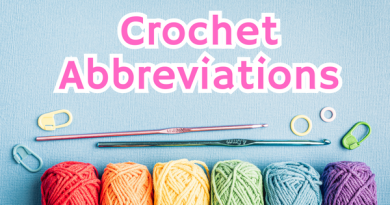
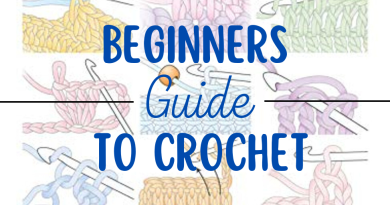
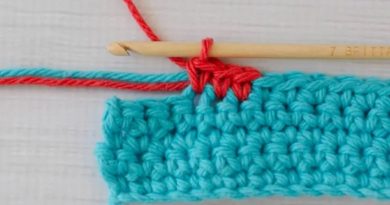
30 yrs ago I crocheted at least 20 aphgans variegated Colors you name all different. They were quite nice and so proud.
Today in my 70’s my hands ,fingers ,eyes are not so good. I have one 14 yr old grandson he is always asking for me to make him one. He does want something to keep. I guess when I am gone😢😢😢 he is into fishing 100% I need a bit of guidance. Have you any suggestions